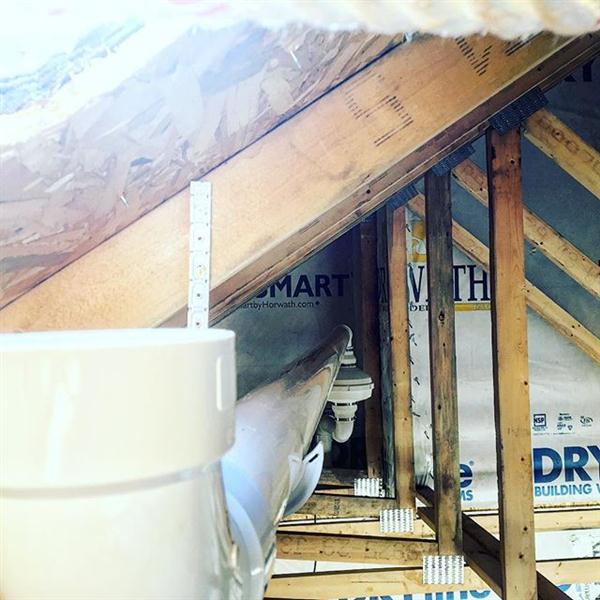Passive Radon System vs Active Radon System
Passive Radon Mitigation System VS. Active Radon Mitigation System
If you’ve recently had a new home built and you haven’t been informed about radon gas, you should ask your home builder if your new Wisconsin home has an active radon system or a passive radon system.
At Lifetime Radon Solutions, we work with a number of home builders in Milwaukee, Waukesha, Madison and down to Racine and Kenosha. When our radon technicians install a radon system in new construction, we build the active radon system into the framework of the home.
By installing a radon system into a new home build, it saves the buyer money. Additionally, our radon technicians are able to conceal the system from the exterior which ensures your new home will look as beautiful as you and your home builder envisioned.
How does a Passive Radon System Work (or not work)?
A passive radon system is a radon system without the radon exhaust fan. A passive system typically runs from the basement sump crock or drain tile and exhausts through the roof, without the use of an active radon exhaust fan.
Passive radon systems rely on what’s referred to as a “stack effect”. The stack effect relies on air pressure differentials to move air and radon gas through the pipe from the basement to the exhaust vent. Air buoyancy takes place when there is difference between indoor and outdoor air density resulting from temperature and moisture variations.
Because new homes are typically air tight to accommodate energy efficiencies, the stack effect usually is not enough to significantly reduce radon levels in a passive radon system.
Converting a Passive Radon Mitigation System to an Active System
It is not terribly difficult to convert a passive radon system into an active radon system. Ultimately, a radon exhaust fan simply needs to be installed. It seems easy enough and som etimes it really is easy. No two homes are the same and if a passive system was installed there was likely no consideration of where the fan would be installed. Why is does that matter? It is important because the fan will need an electrical outlet to power the radon fan.
etimes it really is easy. No two homes are the same and if a passive system was installed there was likely no consideration of where the fan would be installed. Why is does that matter? It is important because the fan will need an electrical outlet to power the radon fan.
Even though installing an electrical outlet and a radon fan is not an arduous task for our radon techs, it does add more cost to the job. We really like saving our customers money when possible. It would seem that it was cost effective on the onset of installing a passive system; however since they often do not mitigate radon effectively it costs more to come out after a new home is built to add the fan and/or electrical outlet.
Installing an Active Radon System in New Home Construction
When we install an active radon system when your new home is being built as opposed to either a passive radon system or no system at all, it saves you money, it preserves the curb appeal of your new home and ensures for the most effective radon mitigation system.
If you’re looking to build a new home, in the process of building a new home or just moved into a newly built home in Southeastern Wisconsin, ask your home builder about radon gas or give Lifetime Radon Solutions a call!
 262-955-5701
262-955-5701




